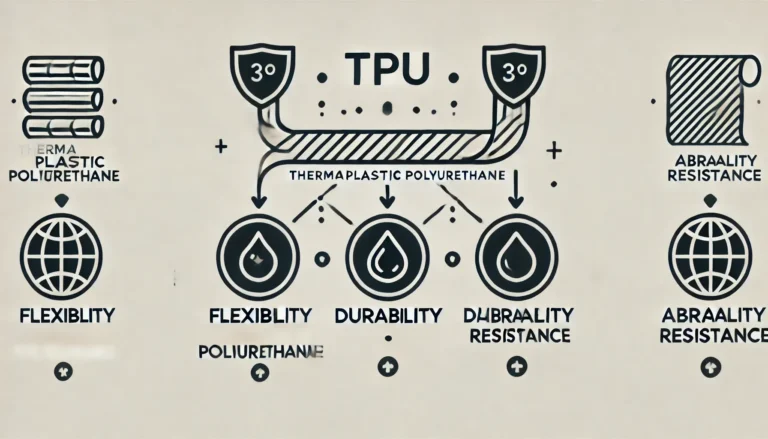Vinyl vs. Latex Gloves: Which is the Better Choice?
When choosing between vinyl and latex gloves, it’s essential to consider their unique properties, advantages, and disadvantages. Both types of gloves have specific strengths that make them suitable for different applications, such as in medical settings, food service, and industrial environments. Here’s a comprehensive comparison to help you decide which glove is better for your needs.
Vinyl Gloves: Affordable and Versatile
Advantages of Vinyl Gloves
- Cost-Effective: Vinyl gloves are generally less expensive than latex gloves, making them an attractive option for situations where budget is a primary concern.
- Latex-Free: These gloves are an excellent alternative for individuals with latex allergies, offering a safe option without the risk of allergic reactions.
- Chemical Resistance: Vinyl gloves are resistant to a variety of low-hazard chemicals and are commonly used in applications where such protection is needed.
- Versatility: Due to their cost and allergen-free nature, vinyl gloves are widely used in industries like food service, light cleaning, and certain industrial applications.
Disadvantages of Vinyl Gloves
- Lower Durability: Vinyl gloves tend to be less durable than latex gloves, meaning they can tear more easily, particularly in high-stress situations.
- Reduced Flexibility and Fit: They are less form-fitting and offer less dexterity, which may affect performance in tasks requiring fine motor skills.
- Limited Barrier Protection: Vinyl gloves offer lower barrier protection compared to latex gloves, making them less suitable for high-risk environments, such as medical or surgical settings.
Latex Gloves: Superior Protection and Comfort
Advantages of Latex Gloves
- High Durability: Latex gloves are known for their strength and durability, providing better protection against tears and punctures.
- Excellent Barrier Protection: These gloves offer superior protection against pathogens and are widely used in medical and laboratory settings due to their effectiveness in preventing contamination.
- Comfort and Fit: Latex gloves are highly elastic and provide a snug, comfortable fit. This allows for better dexterity and sensitivity, making them ideal for tasks requiring precision.
- Biodegradable: Latex is a natural material that is biodegradable, making these gloves a more environmentally friendly option compared to synthetic alternatives.
Disadvantages of Latex Gloves
- Allergy Risk: The primary disadvantage of latex gloves is the potential for allergic reactions. Some individuals may experience skin irritation or more severe allergic responses, which limits their use in environments with allergy concerns.
- Higher Cost: Latex gloves are generally more expensive than vinyl gloves, which can be a consideration in large-scale or budget-sensitive operations.
- Chemical Sensitivity: While latex gloves offer good protection against biological hazards, they can be degraded by certain chemicals, particularly petroleum-based products.
Application-Based Comparison
Medical Use
- Best Choice: Latex gloves are preferred due to their superior barrier protection and fit, which are crucial in medical environments.
- Consideration: For latex-allergic patients or healthcare providers, vinyl gloves provide a safer alternative, though with less protection.
Food Service
- Best Choice: Vinyl gloves are widely used in the food industry because of their cost-effectiveness and the fact that they don’t cause latex allergies. However, they should be changed frequently to maintain hygiene standards.
- Consideration: Latex gloves can be used in food preparation, but allergy concerns make vinyl a more commonly accepted choice.
Industrial Use
- Best Choice: The choice between vinyl and latex gloves in industrial settings depends on the specific application. Vinyl gloves are suitable for low-risk tasks involving light chemicals, while latex gloves are better for tasks requiring more durability and a snug fit.
- Consideration: If handling hazardous chemicals or needing higher puncture resistance, latex gloves offer better protection.
Conclusion
Choosing between vinyl and latex gloves depends largely on the specific needs of the task at hand. Vinyl gloves are cost-effective, allergy-safe, and versatile, making them ideal for low-risk environments like food service. On the other hand, latex gloves offer superior durability, protection, and comfort, which are essential in medical and high-risk industrial settings. Understanding the strengths and limitations of each type will help you make an informed decision that aligns with your particular requirements.







